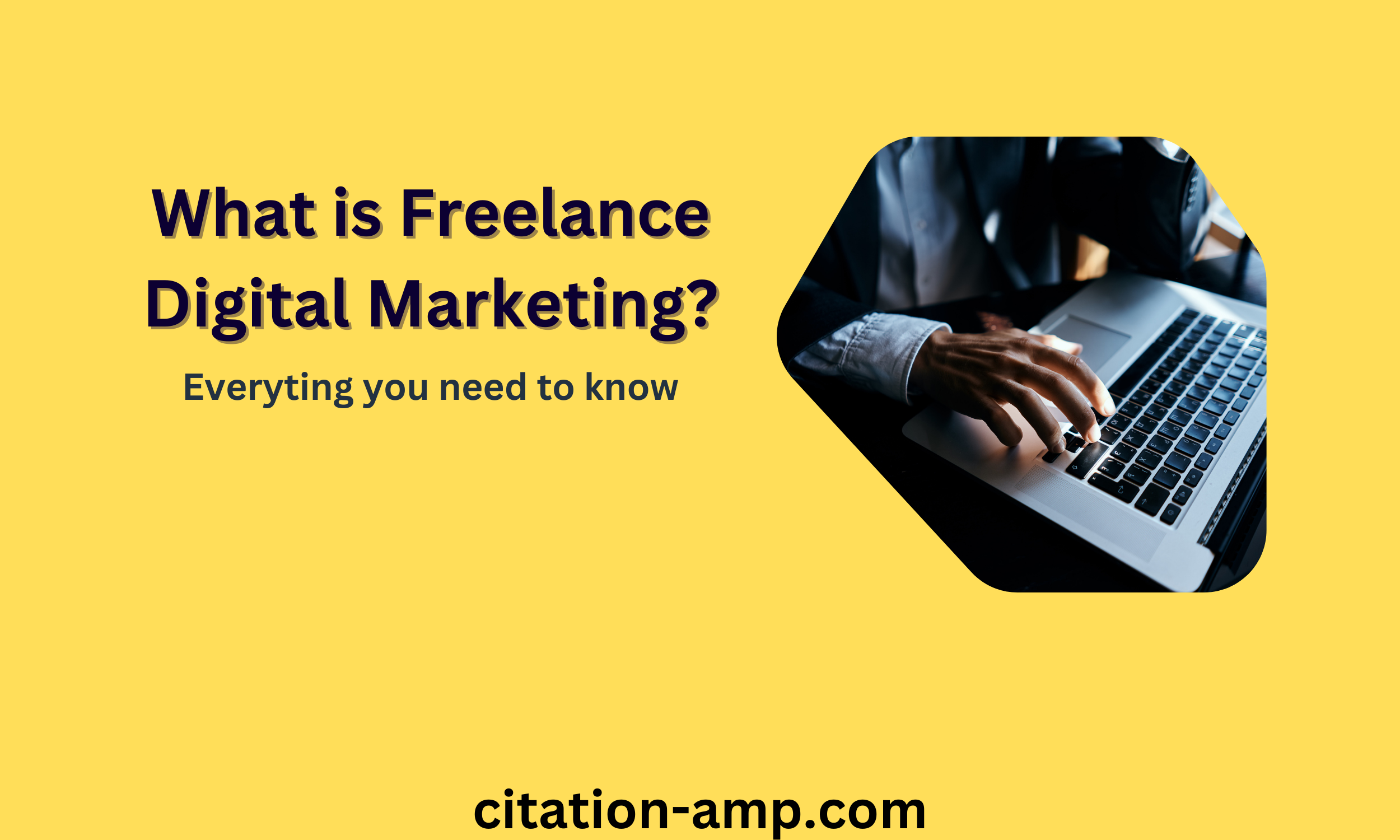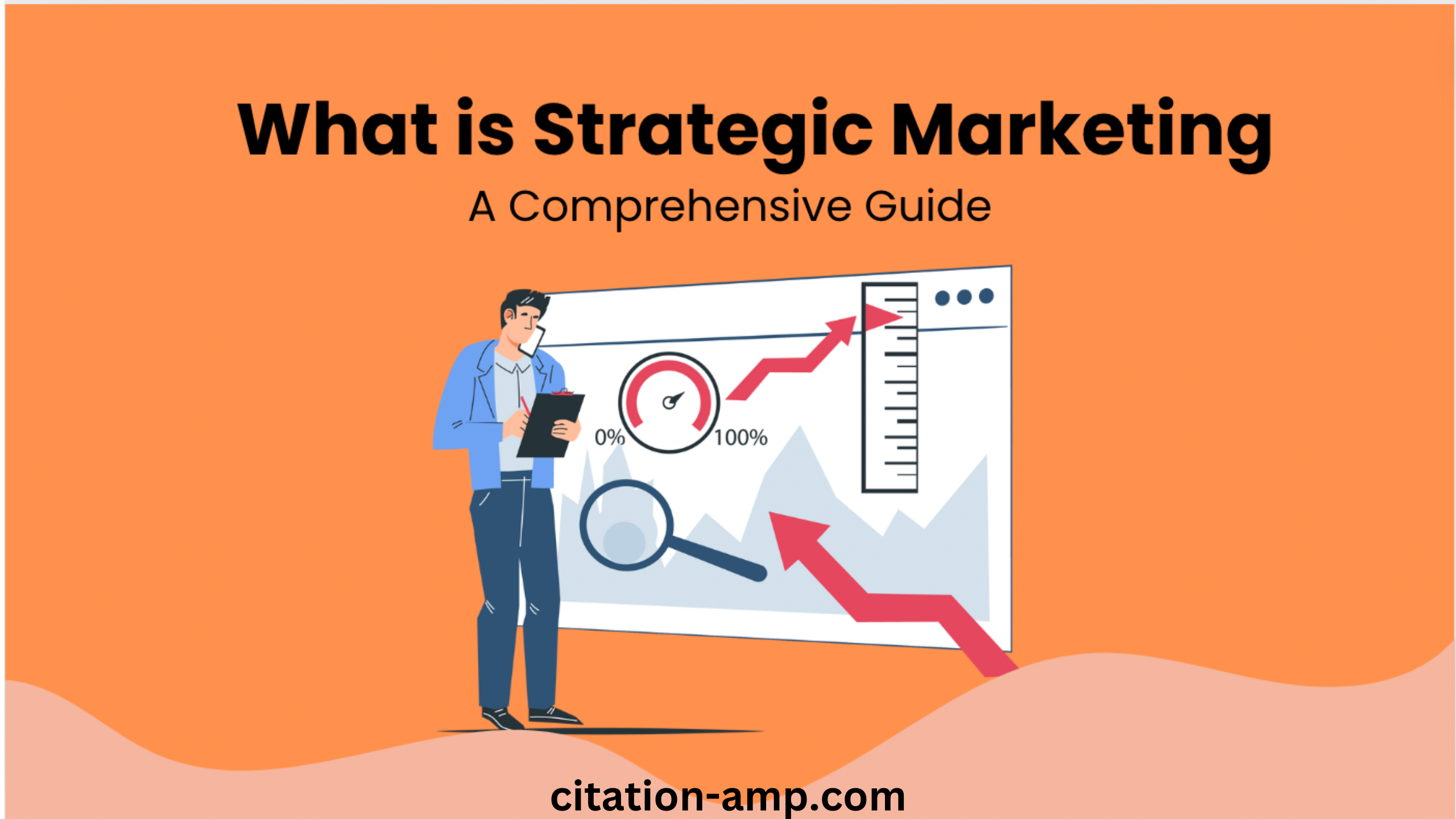
What is PPC Advertising: Everything You Should Know
Ever Wondered How Those Ads at the Top of Google Work? That’s the magic of Pay-Per-Click (PPC) advertising. PPC is a powerful digital marketing strategy

Ever Wondered How Those Ads at the Top of Google Work? That’s the magic of Pay-Per-Click (PPC) advertising. PPC is a powerful digital marketing strategy

Businesses in the modern online world seek to top search engine results with Google at the top of the list. Among the strategies that help

Are you struggling to grow your LinkedIn Page and attract engaged followers? You’re not alone. In today’s crowded digital landscape, standing out on LinkedIn can

Curious about YouTube Shorts length and how to create these bite-sized videos? You’re not alone. As the short-form video craze sweeps across social media platforms,

Ever feel like you’re shouting into the void online? You’re not alone. In the bustling digital marketplace, getting noticed is tougher than ever. But here’s

In today’s digital age, businesses of all sizes recognize the importance of establishing a strong online presence. This growing need has led to a surge

How do smart companies win customers and stay ahead of other businesses? The key is strategic marketing. Strategic marketing isn’t just about making ads or

Curious about why home pages are such a big deal in the digital world? Let’s dive in and uncover their secrets! In today’s fast-paced internet

In the ever-evolving digital landscape, it’s becoming increasingly tricky to pigeonhole platforms into neat categories. YouTube, that behemoth of video content, is a prime example
Make more people know about your brand and make your company more popular online by using our expert SaaS link building services
Copyright © 2024 Citation-Amp. All Rights Reserved.